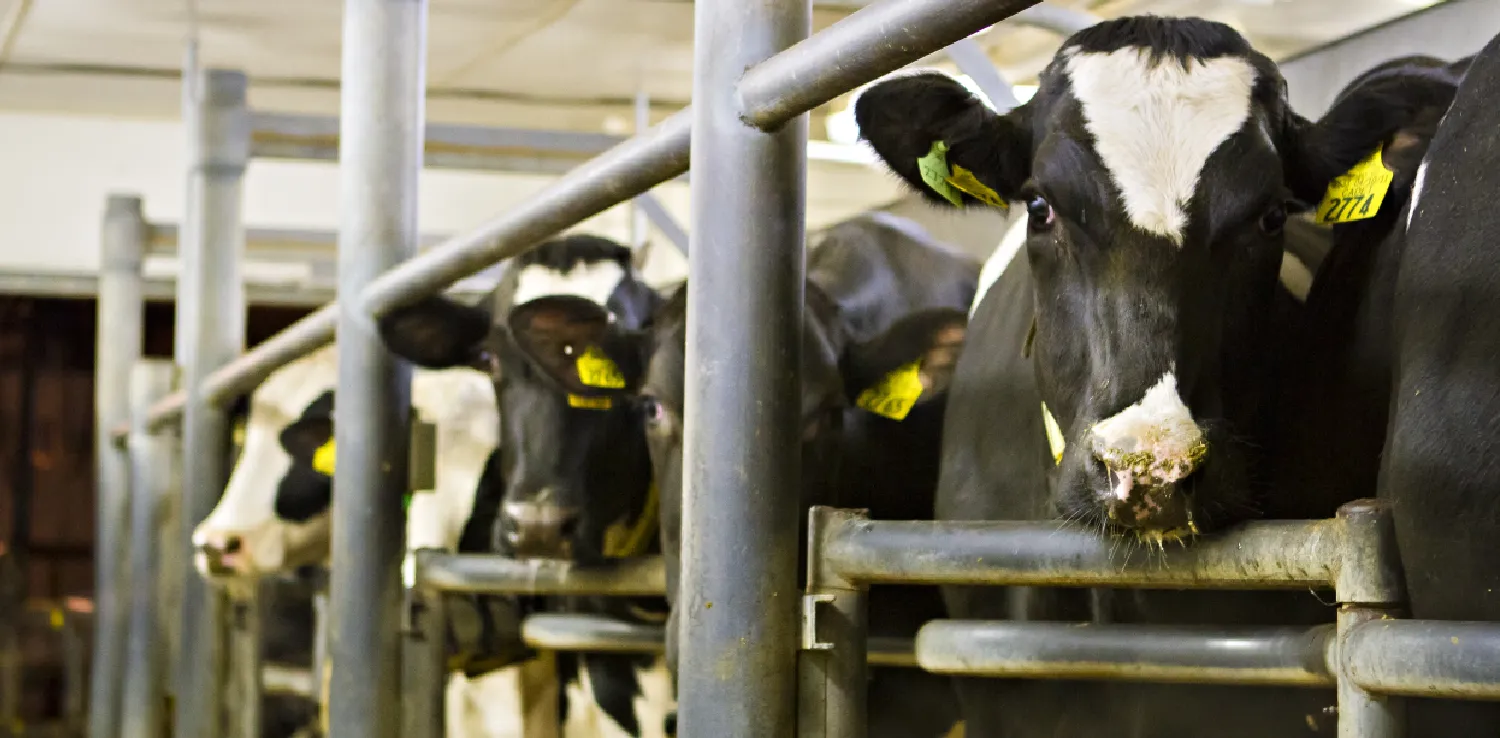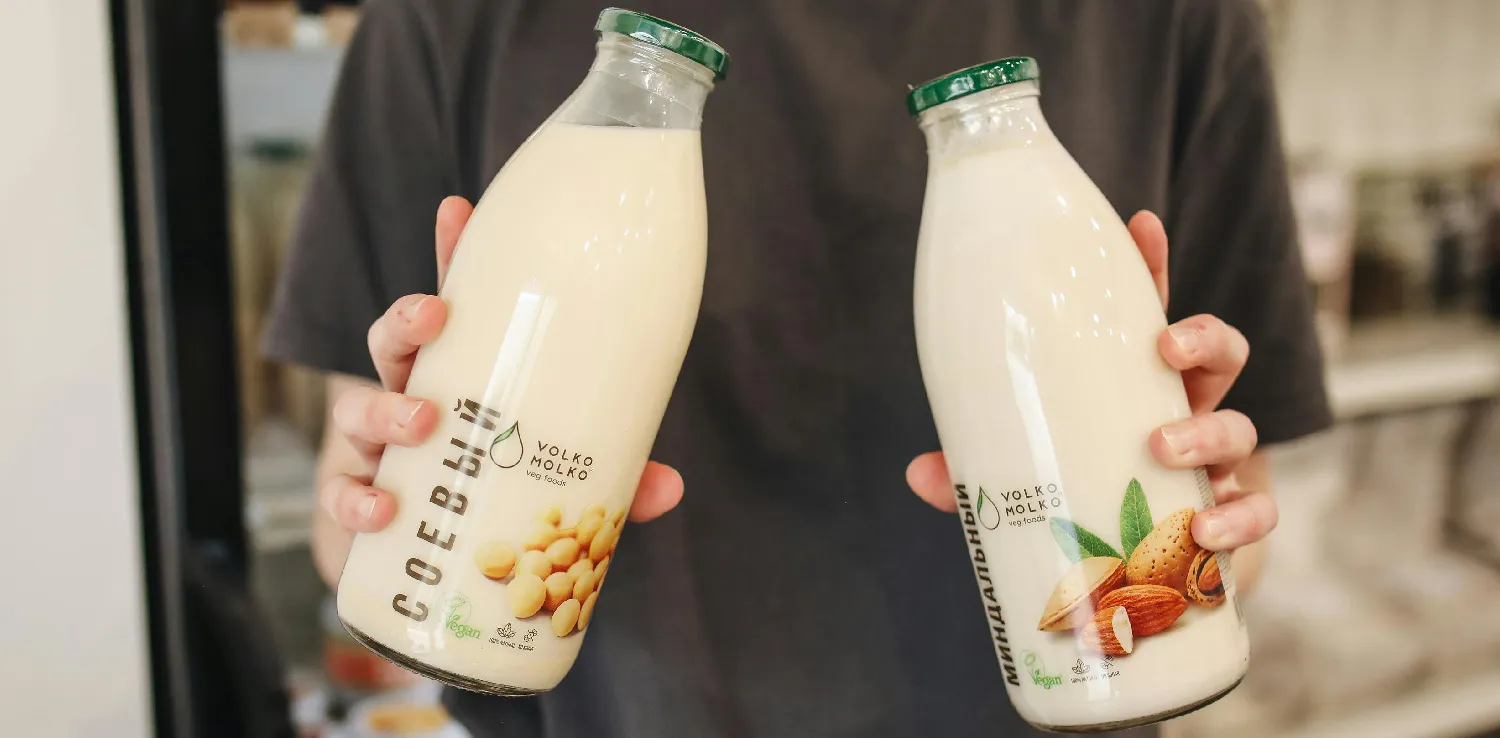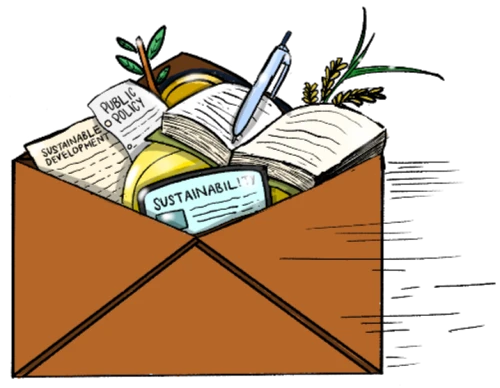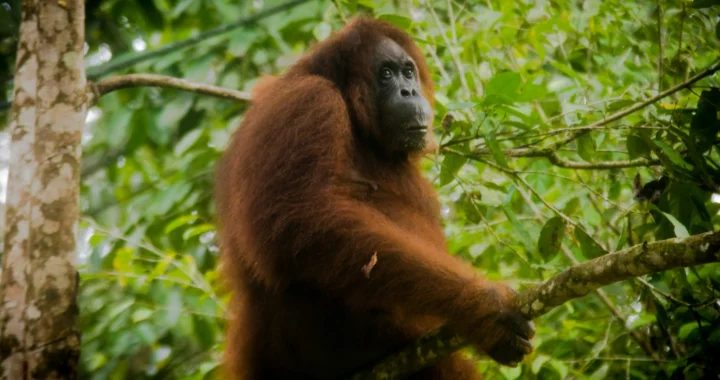Rethinking Dairy Milk Consumption

Photo by Alex Green on Pexels
For generations, dairy milk has been a go-to source of essential nutrients. Dairy milk consumption is fairly common as it is frequently recommended as the beverage that completes an ideal nutritious meal. As public awareness of health and sustainability arises, there are growing concerns about the impact of dairy milk’s large-scale production and overlooked health side effects.
Your Body and Dairy Milk Consumption
A widely known recommendation is that a perfect and healthy meal consists of staple carbs, protein meats, vegetables, fruits, and milk. The milk mentioned here is dairy, primarily from cows, goats, sheep, and water buffalos. It contains protein, calcium, magnesium, vitamins, and many more nutrients that are beneficial for growth and overall body function. The nutritional density of one glass of dairy milk makes it considered the best and simplest way to ingest those important nutrients.
However, not everyone’s body is capable of digesting dairy milk. If your body doesn’t make enough digestive enzymes called lactase, you will have trouble digesting milk, making you lactose intolerant.
Lactose intolerance is surprisingly common, with more than 80% of adults in Asia estimated to have it. While the percentage is significantly lower in Europe (5%), approximately half of the world’s population may have difficulty digesting dairy. Its symptoms include bloating, abdominal discomfort, and diarrhea upon consuming dairy. Plus, dairy is also a common allergen worldwide. The allergy symptoms can range from itching to anaphylaxis, which can be fatal.
The Dairy Industry

Did you know that a single glass (200-250ml) of milk has the same carbon footprint as driving a car for 3.8 kilometers? The primary source of milk’s carbon footprint comes from large-scale, industrial dairy production. For instance, the expansion of the dairy industry demands additional land use to house more cows and fulfill its fodder supply, which may lead to land use change, deforestation, increased greenhouse gas emissions, and water pollution.
Furthermore, many industrial farms choose to forego ethical treatment of animals in the pursuit of increased production and profit. An example of a common practice is calf separation. It involves the immediate separation of newborn calves from their mothers so the milk can go into production. This practice likely causes separation distress for both the mother and the calf.
Extending the concerns, housing conditions for cows that may involve confined spaces could lead to increased animal stress and disease distribution like mastitis, which stems from bacterial invasion and may alter milk composition and shorten the life of the affected cow.
Exploring Alternatives

While dairy milk offers essential nutrients for the human body, its large-scale industrial production raises valid concerns about sustainability and ethical practices. For consumers, rethinking their dairy milk consumption may open the gate to exploring more environmentally friendly options that suit their body’s needs better. These options can come from non-dairy “milk” alternatives or other foods containing similar nutrients to dairy milk. Alternatively, consumers could support local, small-scale dairy farms to purchase milk and other dairy products.
As the world faces multiple crises, striking a balance between personal wellbeing and environmental considerations is now more important than ever. Transformation toward more sustainable food systems is complex but not impossible. All stakeholders, especially businesses and governments, must play a proactive role in fostering a health-conscious food culture that also considers animal welfare, environmental impact, accessibility, and affordability.
Editor: Nazalea Kusuma

Subscribe to Green Network Asia
Strengthen your personal and professional development with cross-sectoral insights on sustainability-related issues and sustainable development across the Asia Pacific and beyond.


 Looking into Biochar as a Bioremediation Agent
Looking into Biochar as a Bioremediation Agent  Australian Climate Visa for Citizens of Tuvalu: Showcasing cross-border partnership in light of the climate crisis
Australian Climate Visa for Citizens of Tuvalu: Showcasing cross-border partnership in light of the climate crisis  Nickel Mining in Raja Ampat and the Widespread Cost of Natural Resource Exploitation
Nickel Mining in Raja Ampat and the Widespread Cost of Natural Resource Exploitation  Lumbung Sosial: Challenges and Opportunities of Indonesia’s Social Barn Program
Lumbung Sosial: Challenges and Opportunities of Indonesia’s Social Barn Program  A Worrying State of Insect Decline
A Worrying State of Insect Decline  GEF Approves Funding for Biodiversity Conservation Projects in Indonesia
GEF Approves Funding for Biodiversity Conservation Projects in Indonesia